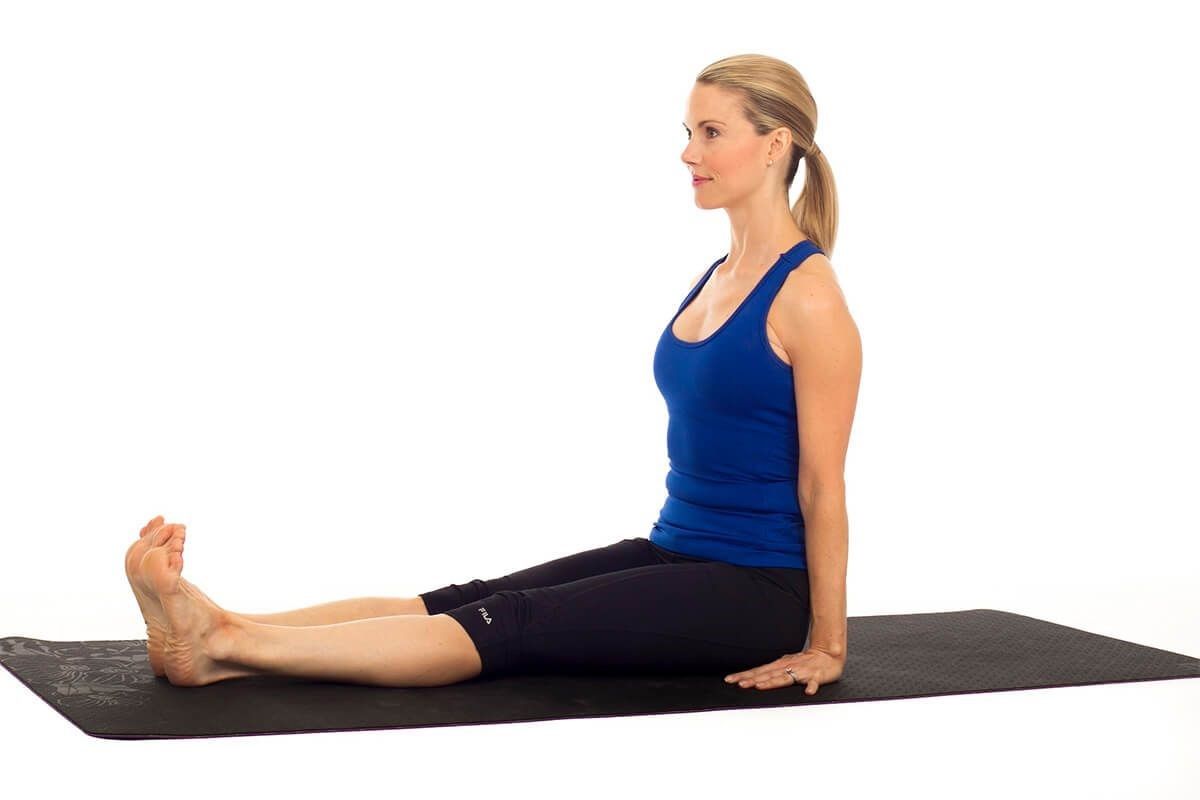The issue of safety in India – the birthplace of yoga https://www.julianalucky.com/ – is paid much less attention than in the West. This is due, first of all, to the peculiarities of the mentality. We are accustomed to rush and achieve results as quickly as possible – through excessive efforts, at the cost of our health. The conditional Indian is in no hurry, and therefore is unlikely to practice through pain or immediately try to get into a complex form.
The practice of asanas refers to the type of physical activity that helps to recover from injuries. However, without following the basic safety rules, there is always a risk of injury or aggravation of the situation – especially if you already have some kind of pathology in your anamnesis.
We recommend that you carefully study the list of rules for a healthy yoga practice before performing a set of asanas for beginners:
Joint alignment. First of all, we are talking about the knee joints, which experience tremendous stress during the day and are more at risk of injury than other joints. Anatomically, the knee can only move straight, and therefore in the classroom it is important to place it in the same direction as the ankle. Or, if an asana is performed with the participation of the hip joint, then the movement will be carried out due to the hip joint. For example, when performing Vrikshasana – the pose of a tree – we take away not the knee, but the hip joint.
Most yoga injuries are cumulative. If a person performed asanas incorrectly for a long time, the load was distributed incorrectly, and this led to a deplorable result. Therefore, we pay special attention to the clarity of adjustments: the right angle between the thigh and knee in Virabhadrasana I is not for aesthetics, but for your safety. Or, when we talk about tightening the lower ribs and stomach inward, and tightening the buttocks in backbends, we mean protecting the lumbar spine from excessive load. Even easy asanas in yoga for beginners can cause damage, and therefore attention to the so-called points of control is the basis of practice.
Joint-tendon warm-up. Before performing the main sequence, it is necessary to warm up the body by paying attention to all joints. Warm-up exercises can be any, based on what your practice will be focused on. For example, if you have to master backbends, you need to stretch your shoulders and shoulder blades well; if there is an lesson for mastering the twine, work out the hip joints.
The principle of compensation. In other words, the alternation of different directions of movement. For example, after twisting, we must align the position of the spine, after bending, we round the back. After asanas for opening the hip joints (Upavishta Konasana, Baddha Konasana), poses with the opposite effect are recommended – closing the hips (Gomukhasana, Garudasana).
The issue of safety in India – the birthplace of yoga – is paid much less attention than in the West. This is due, first of all, to the peculiarities of the mentality. We are accustomed to rush and achieve results as quickly as possible – through excessive efforts, at the cost of our health. The conditional Indian is in no hurry, and therefore is unlikely to practice through pain or immediately try to get into a complex form.
The practice of asanas refers to the type of physical activity that helps to recover from injuries. However, without following the basic safety rules, there is always a risk of injury or aggravation of the situation – especially if you already have some kind of pathology in your anamnesis.
We recommend that you carefully study the list of rules for a healthy yoga practice before performing a set of asanas for beginners:
Joint alignment. First of all, we are talking about the knee joints, which experience tremendous stress during the day and are more at risk of injury than other joints. Anatomically, the knee can only move straight, and therefore in the classroom it is important to place it in the same direction as the ankle. Or, if an asana is performed with the participation of the hip joint, then the movement will be carried out due to the hip joint. For example, when performing Vrikshasana – the pose of a tree – we take away not the knee, but the hip joint.
Most yoga injuries are cumulative. If a person performed asanas incorrectly for a long time, the load was distributed incorrectly, and this led to a deplorable result. Therefore, we pay special attention to the clarity of adjustments: the right angle between the thigh and knee in Virabhadrasana I is not for aesthetics, but for your safety. Or, when we talk about tightening the lower ribs and stomach inward, and tightening the buttocks in backbends, we mean protecting the lumbar spine from excessive load. Even easy asanas in yoga for beginners can cause damage, and therefore attention to the so-called points of control is the basis of practice.
Joint-tendon warm-up. Before performing the main sequence, it is necessary to warm up the body by paying attention to all joints. Warm-up exercises can be any, based on what your practice will be focused on. For example, if you have to master backbends, you need to stretch your shoulders and shoulder blades well; if there is an lesson for mastering the twine, work out the hip joints.
The principle of compensation. In other words, the alternation of different directions of movement. For example, after twisting, we must align the position of the spine, after bending, we round the back. After asanas for opening the hip joints (Upavishta Konasana, Baddha Konasana), poses with the opposite effect are recommended – closing the hips (Gomukhasana, Garudasana).
